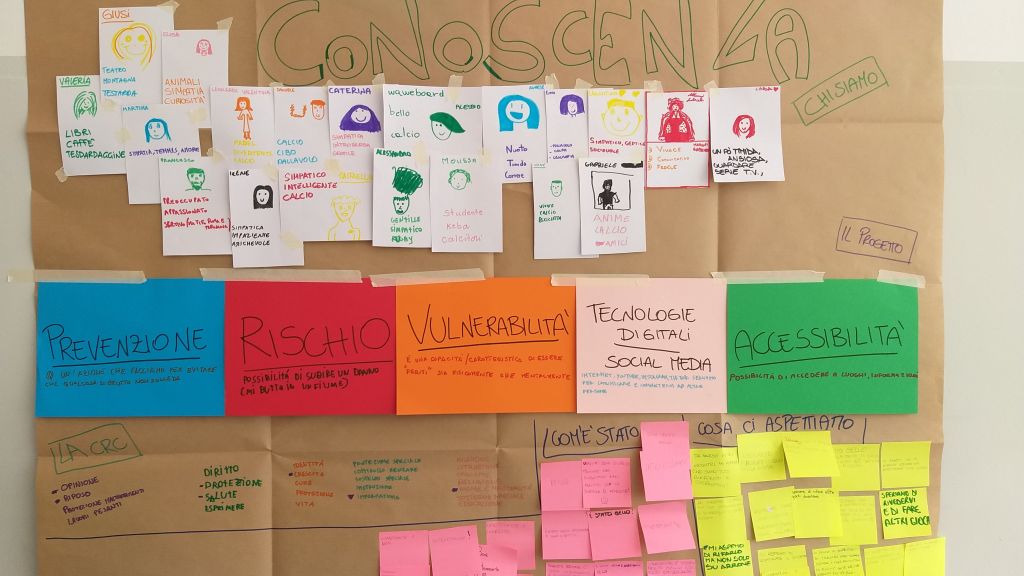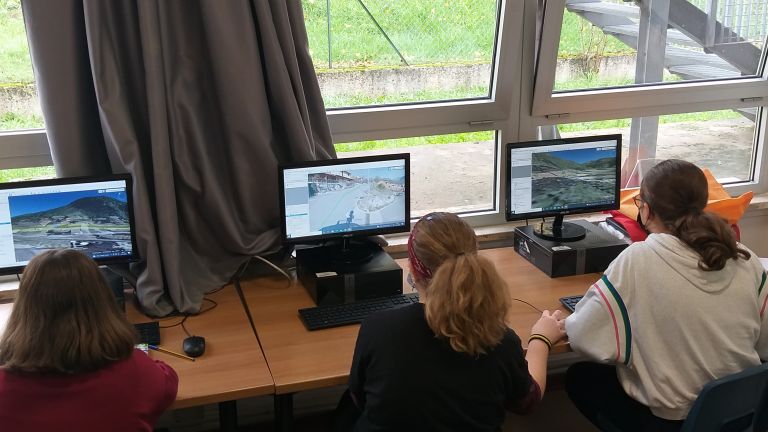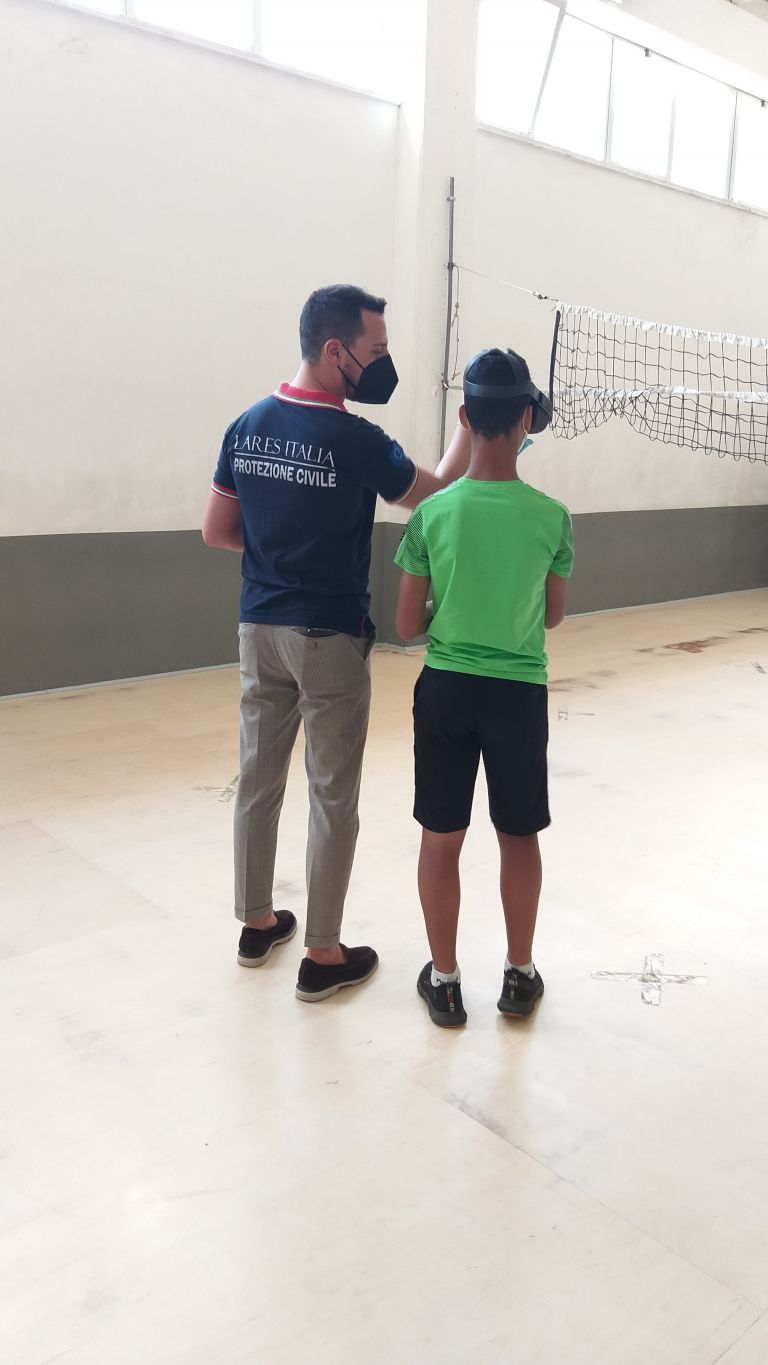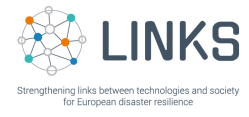
Promoting a culture of safety among children is essential for effective disaster management. Understanding the perspective of children and adolescents is a vital part of the process of strengthening community’s resilience. Children are active and important members of the community and their potential is essential in shaping more effective responses during emergencies.
Within the LINKS project, between September 2021 and May 2022, Save the Children Italy conducted interactive workshops with children from the primary school IC G. Fanciulli. The focus of the workshops was on:
- Reducing Vulnerabilities
- Raise Awareness on Risks
- Be Better Prepared to Face Emergencies
- Communicate Emergencies
The workshops were based on the use of social media and crowdsourcing tools to understand how these technologies can help us to prevent or to better face emergency situations. The workshops consisted of:
- Action Research Games: to stimulate children’s knowledge of their territory and reflect on risk perception and vulnerabilities in relation to accessibility, connectivity, mobility. Participants were introduced to crowd mapping and were given the chance to work on their own maps, identifying places and locations important for them. The actions were presented as ‘tasks’ to be carried out creatively in small groups, the results of which must then be returned in the classroom and during the workshops. Children had the chance to physically visit these places and identify challenges and limitations to access services and places especially for vulnerable persons with physical disabilities. The mapping exercise can, at a later stage, be presented to local authorities to discuss the findings and propose solutions to the reported risks.

- Simulations of a risk scenario: the methodology was based on learning from fiction to promote learning and develop skills through the exercise of one’s ability to interact with a fictitious risk scenario. These activities were designed as intergenerational, to make children interact with adults (i.e. civil protection volunteers, grandparents, parents). One activity was conducted with the participation of civil protection experts and emergency operators to explore the risks affecting our community, reflecting on past events and challenges of the future and the way technologies have changed the way we prevent and respond to emergency situations. Children were able to test a virtual reality simulator (Augmented Reality) for the management of earthquakes which aims at promoting self-protection skills. Moreover, children were given the chance to build their own social media campaign around the topic of school emergency plans and to promote a message to disseminate to their peers the importance of actively participating in school emergency plans and on the importance of checking and verifying information.

- Participation in product’s development: children had the opportunity to effectively participate in the development of Feel Ready, Feel Safe, an online Educational Disaster Risk Reduction platform where you can get information, materials and educational resources on Disaster Risk Reduction. Feel Ready, Feel Safe aims at:
- Increase boys and girl’s awareness of Disaster Risk Reduction
- Stimulate the participation of young people in emergency preparedness activities
- Promote awareness on children’s rights during emergencies
- Offer educational support to the schools / educating community at large
- Propose activities that allow you to experience yourself as a young active citizen
Children were given the chance to participate in the design and testing of educational activities thus taking over a direct role as decision makers during the validation process of the product.
Educational objectives of the activities with children:
- Promote children active participation in disaster management and the use of technologies to prevent and respond to emergencies
- Educate about digital citizenship and the safe use of social media and technologies
Results achieved so far:
- Increased knowledge and awareness about self-protection, family and school emergency plans
- Promoted exchange between local institutions and children for investing in local child-friendly emergency plans
- Children engaged in the development of the educational toolkit and in testing/validating educational resources
Approach:
A mix of theory and learning by doing was important for the success of the activities. Theoretical sessions combined with experiential learning to stimulate new thoughts and allow children to learn by doing. It is important that the trainer is able to mix theory and practice, reflection and experience, seriousness and play, learning and fun. Role-plays and simulations are key for children to actively experience and propose their own solutions, to recall with the body and emotions lived experiences, to experience a concrete change of behavior and be better prepared to face similar situations in the future. Debriefing sessions are of great importance for the successful accomplishment of preparedness activities.

To know more about our work on Disaster Rick Perception and Vulnerability, read our deliverables:

